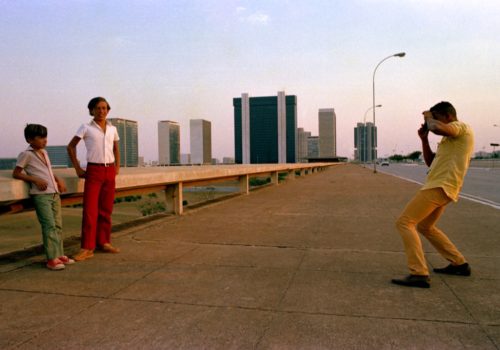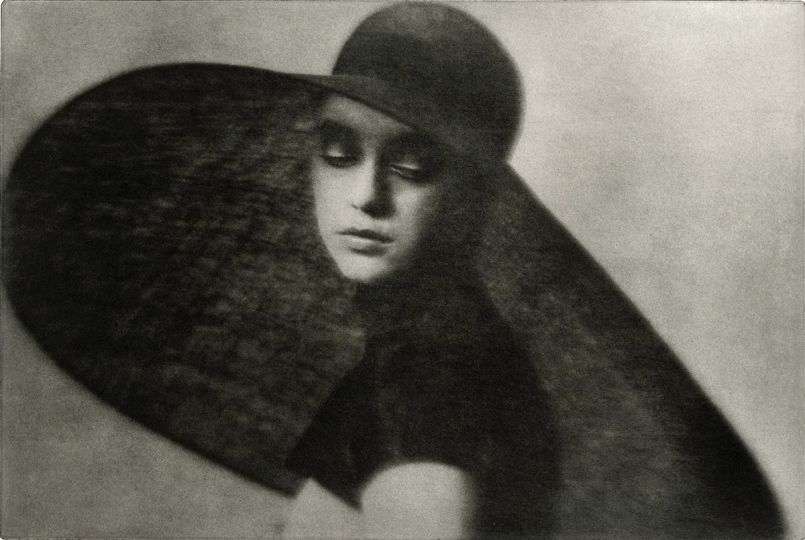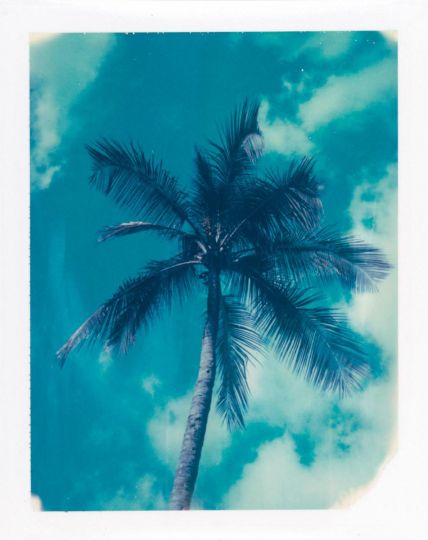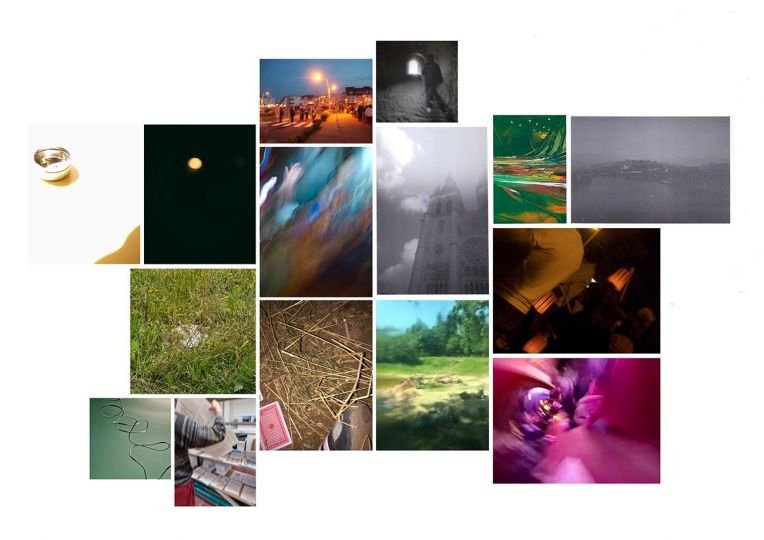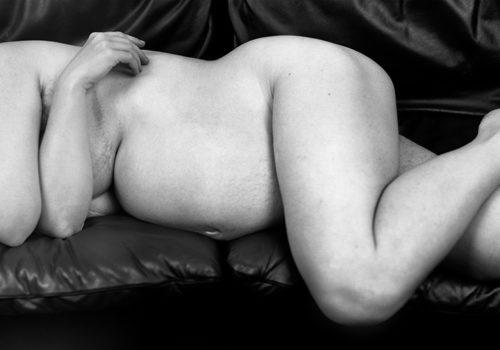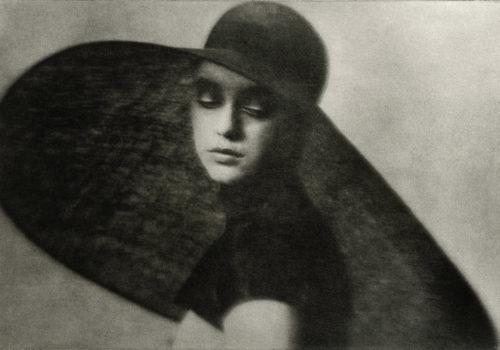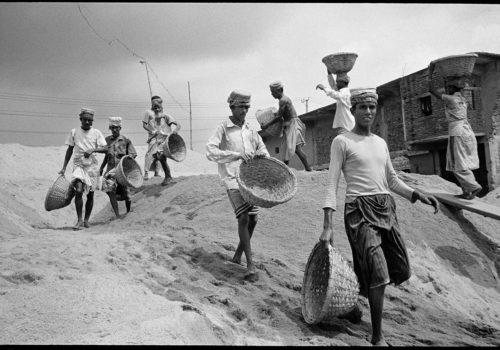In an interview with The Eye of Photography, Joaquim Paiva, Brazilian photographer and major photography collector, revisits the little-known roles and achievements of a speciality.
Your collection of photographs is considered today as one of the largest, if not the largest, in Brazil. How did you establish that?
I collect as much foreign photography as I do Brazilian. I can buy a work because the theme interests me, or because it’s a piece made by a major artist… But I also always dare choose pieces for their strength, and know to buy even when the artist isn’t yet known. For me, collecting is similar to making a self-portrait, as is the work of a photographer. Collecting is an act of creation, the creation of a sort of puzzle, which one constructs while trying to put together a lot of images.
How do you manage this “puzzle”?
A big part (about two-thirds) of my collection is today in the Museum of Modern Art in Rio. I made a first donation of 1,100 photographs in 2005, then several others up to today, and I intend to deposit my entire collection there. I want them to be shown, to circulate. Museums are entrusted with the memory of an era, and I believe very strongly in the role of the artist, as in that of a collector, as a mediator between different generations. Leaving what I appreciate in art for the next generations makes me happy.
Can you talk to me about your personal work?
For me, photography goes beyond passion for visual art. My father died when I was three years old, and my mother always showed me pictures of him. Photography has thus always been linked to loss for me, a loss that has always stayed with me, but that I know how to transform into passion. At the moment, I’m working on two editions of my work. The first will gather reproductions on scale of the pages and covers of my personal journals that I’ve been writing now for eighteen years. I write, I draw, I paste images… To make the selection among the pages of my 128 journals, I tried to search for a balance between the design of the page and the content of the writing. After six months of work, I think I’ve finally reached a balance and have found the final selection. The book will soon be printed in San Francisco, a city in which I lived a few years ago. Through this work, I wish to show the multiplicity of spiritual states one go through in the course of one’s life.
And the other edition project?
The second edition will gather images from an archive of performances that I made as an artist between 1970 and 1978, while I was living between Brasìlia, Ottawa, and Caracas. It was a time when, more than today, the artist used his own body as material to perform in spaces and interact with the public. The book is titled Farsa. Truque. Ilusões. (Farse. Thing. Illusions.). I still believe in illusions, and I believe that I’ll believe in them until my dying day.
These performances, were they, for you, a way to explore the different territories in which you lived as a diplomat?
Yes. But they are also, and above all, the fruit of a creative anxiety. It’s an autobiographic work, a path that I followed all along my artistic experience. It’s hard to be an artist. We are constantly crossed with thoughts different from those of the rest of the world, and it pursues us, crushes us. In my journals, one can read sentences that reflect these thoughts. For example, I wrote or noted between their pages “I feel like an imposter”, in relation to being an artist, or even “art does not have pity”. It’s hard , but sometimes, passion, the need to make, are stronger than everything. I think that it’s always necessary to accept a degree of sacrifice to finish each project, it’s necessary to endure. No pain, no gain.
Books seem to be very important to you. Your best known work ,consisting of photographs of Brasìlia, was also edited in the form of a book.
Yes, I had many exhibitions featuring my work, but, for me, nothing substitutes books as a way to show photography. In my book on Brasìlia, I chose to give a different point of view on the city. The majority of photographers have photographed the capital for its architecture, while trying to honor the lines drawn by Niemeyer. They photograph it in a spectacular, monumental way. Me, I chose to photograph it in color, something that was rarely done at the time, but also photographed the people, while detaching myself from the architecture. When I made the photographs that comprise this work, I was living in Brasìlia. I took my car and left the neighborhoods in which I was working as a diplomat to go to the outskirts, the neighborhoods where the workers who constructed the city lived, and I took photos.
Your interest in Brazil, which is reflected in your work and in your collection, does it come from the fact that you lived abroad for many years?
The fact of being, for a long time (I spent twenty years abroad all together), far from my country permitted me to see Brazil in a much clearer way. When we see our country from far way, we become a critic of it. We idealize and romanticize it, but we also see its faults in a much more extreme way. Despite all the problems that Brazil has crossed today, and the difficulty that we have making projects here, it is an immensely creative country, and I believe in its art and its artists, and the necessity to show and value them.
Interview by Elsa Leydier
Elsa Leydier is a photographer and writer specialized in photography. She splits her life between Lyon and Rio de Janeiro.

